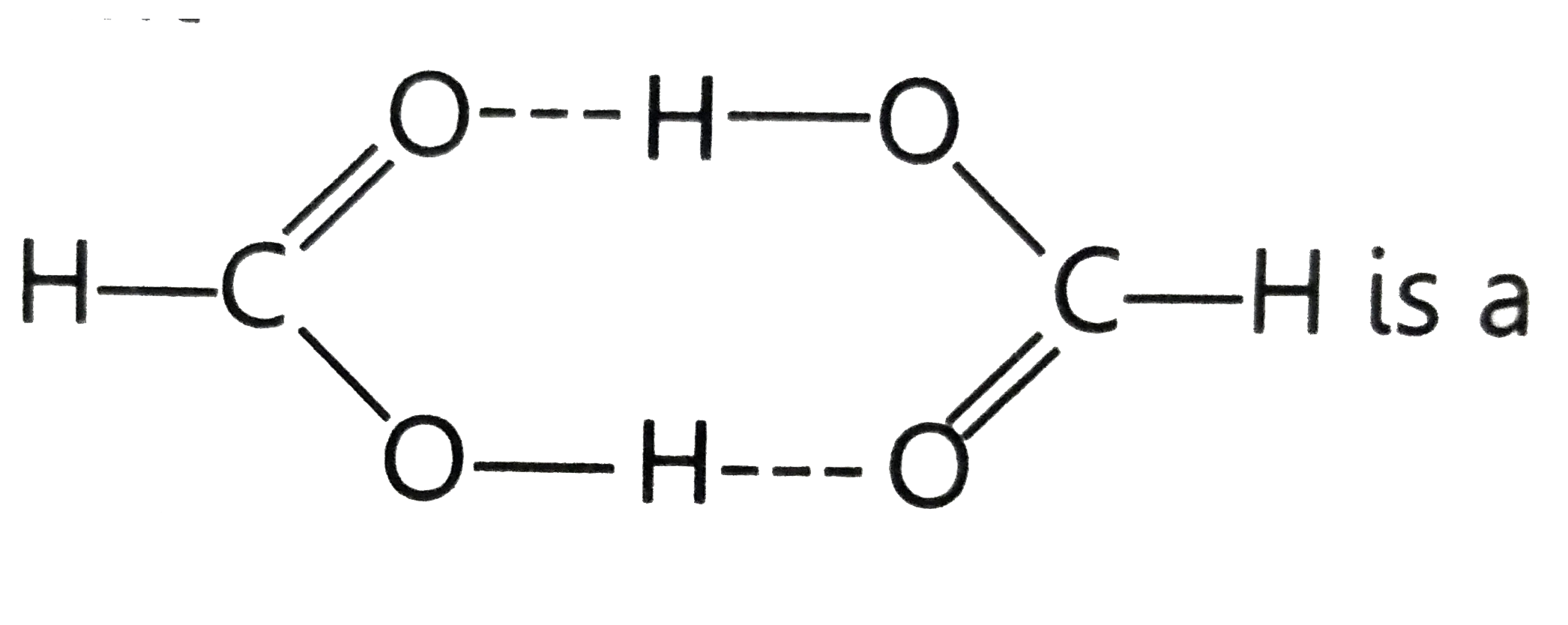Complete Solutions to PAPER 1 (PHYSICS & CHEMISTRY) of chapter PRACTICE SET 10 of Class 12 book with complete answers and questions
| Class 12 | CHEMISTRY |
| Chapter | PRACTICE SET 10 |
| MHTCET PRACTICE PAPER | PAPER 1 (PHYSICS & CHEMISTRY) |
| Number Of Questions | 50 |
| Academic Year | 2023-24 |
Solid solution in which the solute is gas
01:34View SolutionIn the combusion of 2g benzene, 2.5 kcal heat was evolved. What is the heat of combustion?
01:35View SolutionThe specific conductance of a solution is 0.03568 ohm/cm and when placed in a cel, the conductance is 0.0268 per ohm. The cell constant is
01:30View SolutionIn which of the following reactions, the underlined substance has been oxidised?
02:34View SolutionIn `AgBr` crystal , the ion size lies in the order `Ag^(+) lt lt Br^(-)` The `AgHt` crystal should have the following characheristics
01:08View SolutionPick out the incorrect statement.
03:01View SolutionThe structure of `lF_(7)` is
01:18View Solution`VO_(2)` is an amphoteric oxide and in acidic medium it forms:
01:29View SolutionDuring the fusion of an organic compound with sodium metal, nitrogen of the organic compound is converted into
01:12View SolutionThe ether
 when treated with HI produces:02:42View Solution
when treated with HI produces:02:42View SolutionWhen non-ideal solution was prepared by mixing 30 mL chloroform and 50 mL acetone. The volume of mixture will be
01:22View SolutionWhich of the following process is used for the manufacture of `H_(2)`?
01:37View SolutionWhich one of the following is true?
02:34View SolutionConsider the reaction,
`Cl_(2)(aq) + H_(2)S(aq) rarr S(s) + 2H^(+) (aq) + 2Cl^(-)(aq)`
The rate equation for this reaction is,
Rate `=k [Cl_(2)][H_(2)S]`
Which of these mechanisms is`//`are consistent with this rate equation ?
(I) `Cl_(2) + H_(2)S rarr H^(+) + Cl^(-) + Cl^(+) + HS^(-)` (slow)
`Cl^(+) + HS^(-) rarr H^(+) + Cl^(-) + S` (fast)
(II) `H_(2)S hArr H^(+) +HS^(-)` (fast equilibrium)
`Cl^(+) + HS^(-) rarr 2 Cl^(-) + H^(+) + S` (slow)03:56View SolutionA metal has a fcc lattice.The edge length of the unit cell is `404` pm ,the density of the metal is `2.72g cm^(-3)` . The molar mass of the metal is `(N_(A)`, Avorgadro's constant `=6.02xx10^(23)mol^(-1))`
02:57View SolutionWhich of the following reactions taking place in the blast furnace during extraction of iron is endothermie ?
01:58View SolutionWhich one of the following arrangements of molecules is correct on the basic of their dipole moments?
02:48View SolutionAcross the lanthanide series , the basicity of the lanthanoide hydroxides:
02:10View SolutionWhich order is correct for the decreasing reactivity to ring monobromination of the following compounds `underset(I)(C_(6)H_(5)CH_(3)), underset(II)(C_(6)H_(5)COOH),underset(III)(C_(6)H_(6)),underset(IV)(C_(6)H_(5)NO_(2))`
03:49View SolutionThe compound that yields only ketonic compounds on ozonolysis is
06:31View SolutionAdsorption of gases on solid surface is exhothermic since
01:15View SolutionA monotomic ideal gas undergoes a process in which the ratio of p to V at any instant is constant and equals to 1. what is the molar heat capacity of the gas?
02:28View SolutionForr 14 g of CO, the wrong statement is
02:44View SolutionWhich of the following statement is incorrect?
View SolutionFormula of ruby copper is
00:57View SolutionSulphuric acid behaves as
01:27View SolutionPick out the incorrect statement for `XeF_(6)`
03:05View SolutionThe general electronic configuration of lanthanide is
01:22View SolutionAn alkyl halide reacts with sodium in the presence of ether to yield
01:51View SolutionAcetaldehyde on treatment with dilute alkli and subsequent heating gives
04:10View SolutionWhich of the following bonds has the highest energy?
02:41View SolutionA compound X on heating gives a colourless gas. This residue is dissolved in water to obtain Y. excess `CO_(2)` is bubbled through aqueous solution of Y, Z is formed. Z on gentle heating give back X. the X is
02:19View SolutionThe coordination number of a central ion may be obtained from
02:40View SolutionIdentify product P in the following reaction sequence.
`CH_(3)CH_(2)OH underset("dry ether "Delta)overset("Grignard reagent")to underset(P) underset(darrC_(2)H_(5)OH)(A)+B`01:46View SolutionThe monomor of
 02:48View Solution
02:48View Solution`CH_(3)CONH_(2) overset(?)to CH_(3)CN overset("Reduction")to` amine. In the first step oxide of this non-metal taken is
02:08View SolutionIn the reaction, `R-C-=N+4(H)overset(X)toRCH_(2)NH_(2)` X can be
01:55View SolutionAntibodies are
01:34View SolutionThe empirical formulae of monomer and polymer are same in case of
01:37View SolutionWhich of the following is not the correct mathing of medicine and the disease it cures/actiivity?
03:13View SolutionHow many electron pairs are present in valence shell of oxygen in wter molecule ?
01:26View SolutionGas equation `PV = nRT` is obeyed by
01:13View SolutionThe paramagnetic ion among the following is
04:12View SolutionWhich of the following will not be soluble in sodium hydrogen carbonate?
04:35View SolutionWhich of the following acids gives `CO_(2)` on heating?
View SolutionTo replace `-N_(2)^(+)Cl` group by -F group, benzene diazonium chloride is treated with
02:11View SolutionWhich one of the following is a peptide hormone ?
02:29View SolutionWhich is a false statement?
03:03View Solution`CH_(3)CH_(2)Cl` undergoes homolytic fission, produces
01:47View SolutionWhich compound cannot be formed from Wurtz
02:38View Solution
PAPER 1 (PHYSICS & CHEMISTRY) questions and complete solutions for chapter PRACTICE SET 10 of MHTCET PREVIOUS YEAR PAPERS AND PRACTICE PAPERS of Class 12
